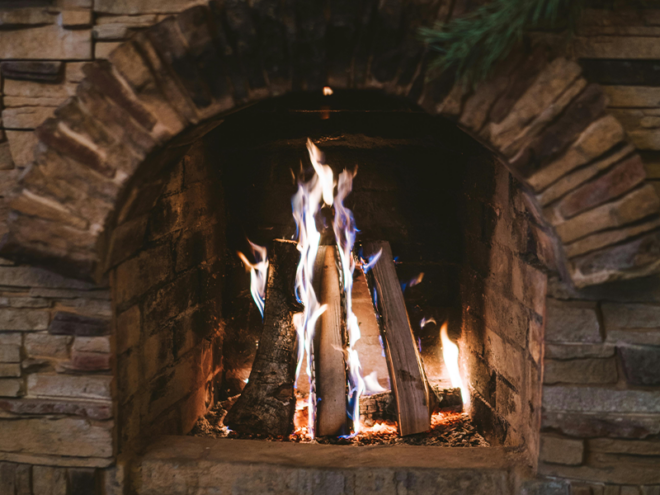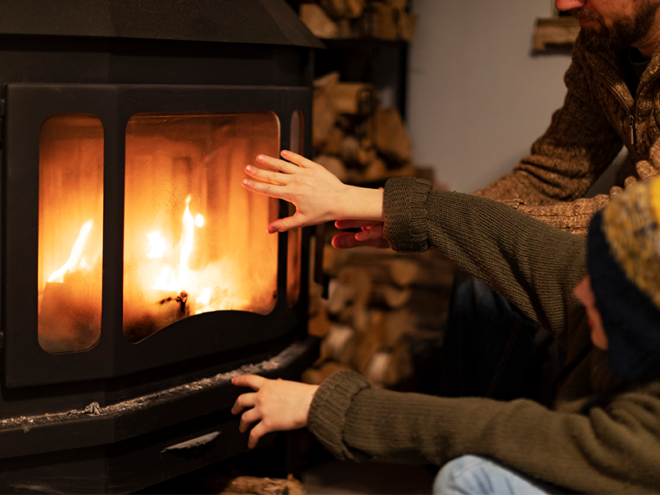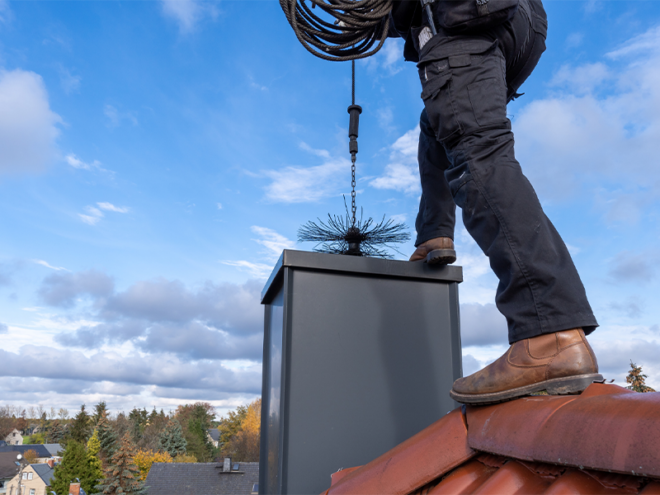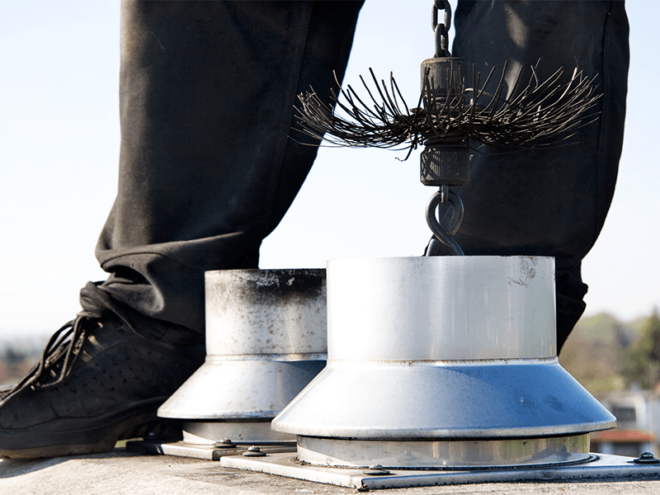Greeting the brisk, ember-scented morning air, it’s easy to overlook the silent sentinel that stands atop your home – the chimney. But beyond being an old-fashioned architectural feature, your chimney works tirelessly to expel smoke and protect your space from fire-related harm. Early detection of issues with this channel could—quite literally—be the difference between life and death. In this article, we let you in on some common but subtle hints that your chimney needs professional repair.
Sign 1: Damaged Mortar Joints
The mortar joints between the bricks or stones in your chimney play a crucial role in maintaining its structural integrity. It might seem trivial, but the deterioration of these small gaps between bricks is a clear signal that your chimney requires a professional touch. When the mortar erodes, your chimney becomes more vulnerable to water infiltration and damage.
Compromised mortar joints can lead to bricks becoming loose or falling out, which might escalate to structural instability of the chimney itself. These weakened areas must be addressed promptly to prevent moisture from entering and causing more extensive harm during freeze and thaw cycles. To repair damaged mortar joints, we carry out a process – called repointing. This process involves removing the deteriorated mortar and refilling the joints with new, durable material. Repointing not only fortifies your chimney structure but also extends its life.
Sign 2: Cracked Chimney Crown
The crown serves as the protective barrier against the elements for the top of your chimney, shielding it from water and debris. Cracks, although they often start small, can be the beginning of significant water damage if left unchecked. While a fissure in the crown may seem like a minor issue, being your chimney’s first line of defense, even the slightest damage can escalate to far-reaching issues like water penetration, mortar deterioration, and mold/mildew problems.
Repairing a cracked chimney crown typically involves sealing the cracks or applying a new layer of crown coat, which acts as a waterproof sealant. The importance of timely intervention can also not be taken for granted as it prevents more invasive and expensive repairs.
Sign 3: Efflorescence on Chimney Exterior
The appearance of efflorescence is often a red flag. While this white residue might seem to you like a mere cosmetic issue; it is a sign of excess moisture within the brickwork. When water seeps through masonry, it dissolves natural salts, which then surface and crystallize, manifesting as efflorescence.
The repair process typically involves investigating the root cause, which could be either compromised waterproofing or defective masonry—to prescribe the correct course of action. After this stage, we clean the affected area and implement preventative measures, such as water-repellent application, to stop further moisture penetration and halt progressive damage to your chimney.
Sign 4: Rust on the Damper or Firebox
Finding rust on your damper or firebox is never a trivial occurrence; it’s a clear indicator that moisture has been finding its way into your chimney system. Rust can impede the proper functioning of the damper, causing inefficiency and safety concerns when operating the fireplace.
If not addressed promptly, rust can lead to more serious complications. For example, a damper afflicted with rust may not seal correctly, and this can allow heat to escape or cold air to intrude, affecting both comfort and utility bills. To resolve this problem, we carry out a thorough investigation to identify and remedy the source of moisture. We then follow up with a replacement or repair of the corroded parts to ensure your chimney functions safely and efficiently.
Sign 5: Smoke Inside the Home
Another concern is when smoke is not venting properly, which leads to it billowing back into the living spaces. Homeowners tend to attribute this to simple flue blockages, but in our experience, the underlying issues are often more serious.
A correctly functioning chimney swiftly directs smoke upward and out of the building – any deviation from this could be a sign of chimney damage. A routine sweep can alleviate the problem of smoke in the home by clearing obstructions; and when you choose Chimney Sweeps of Sherwood Forest, we take it a step further by identifying structural faults or issues with the flue liner.
Schedule an Inspection With Us!
Spotting the signs of chimney distress and responding proactively is not only beneficial for your home’s infrastructure; it also preserves the safety and well-being of residents. The importance of routine inspections and regular maintenance cannot be overemphasized as it prevents little issues from escalating into more serious ones.
As we always advise, if you see or smell smoke in your home, it’s a definite sign to reach out to us for an assessment. At Chimney Sweeps of Sherwood Forest, your safety and the integrity of your chimney are paramount, and our team is dedicated to maintaining both to the highest standards. Schedule an inspection with us today!









